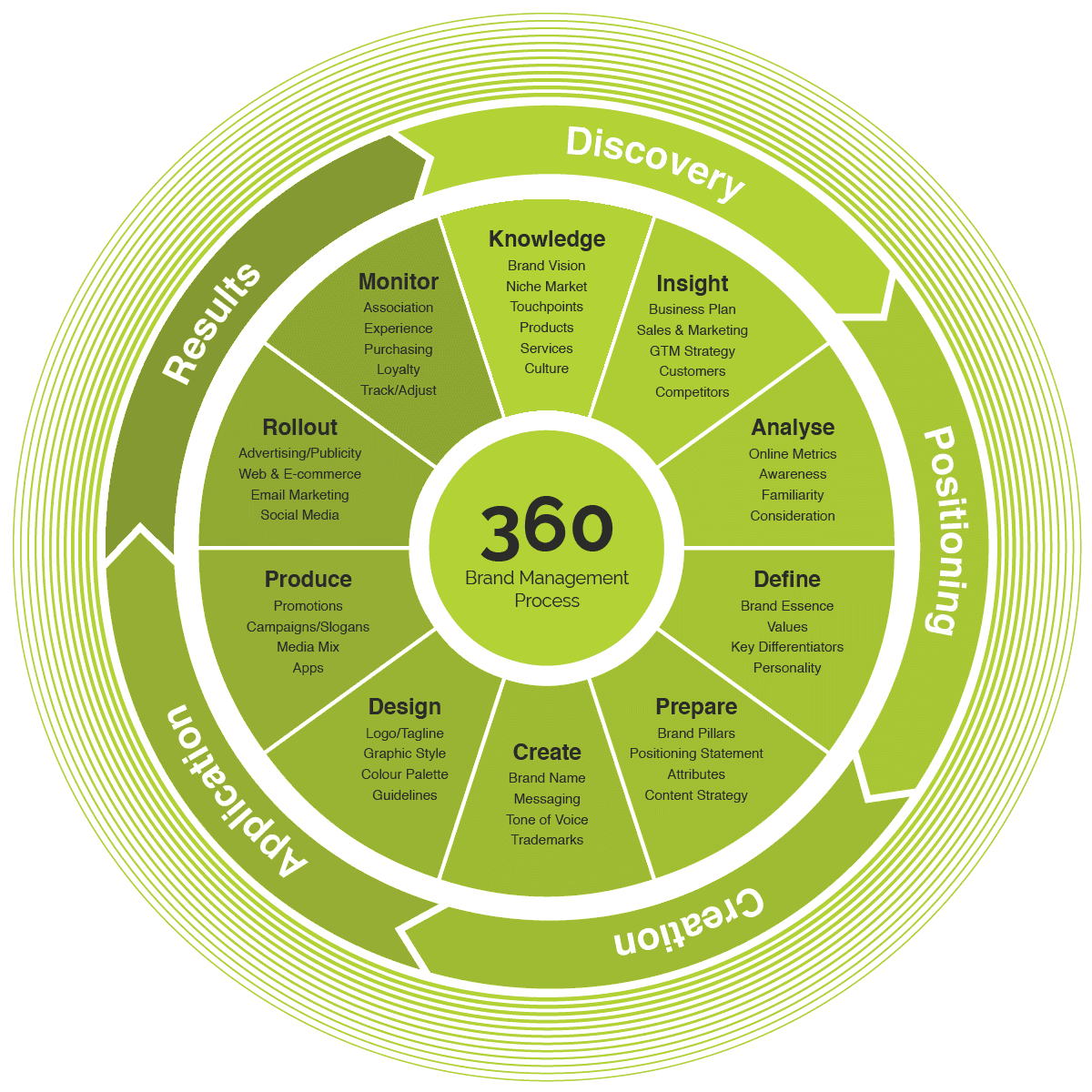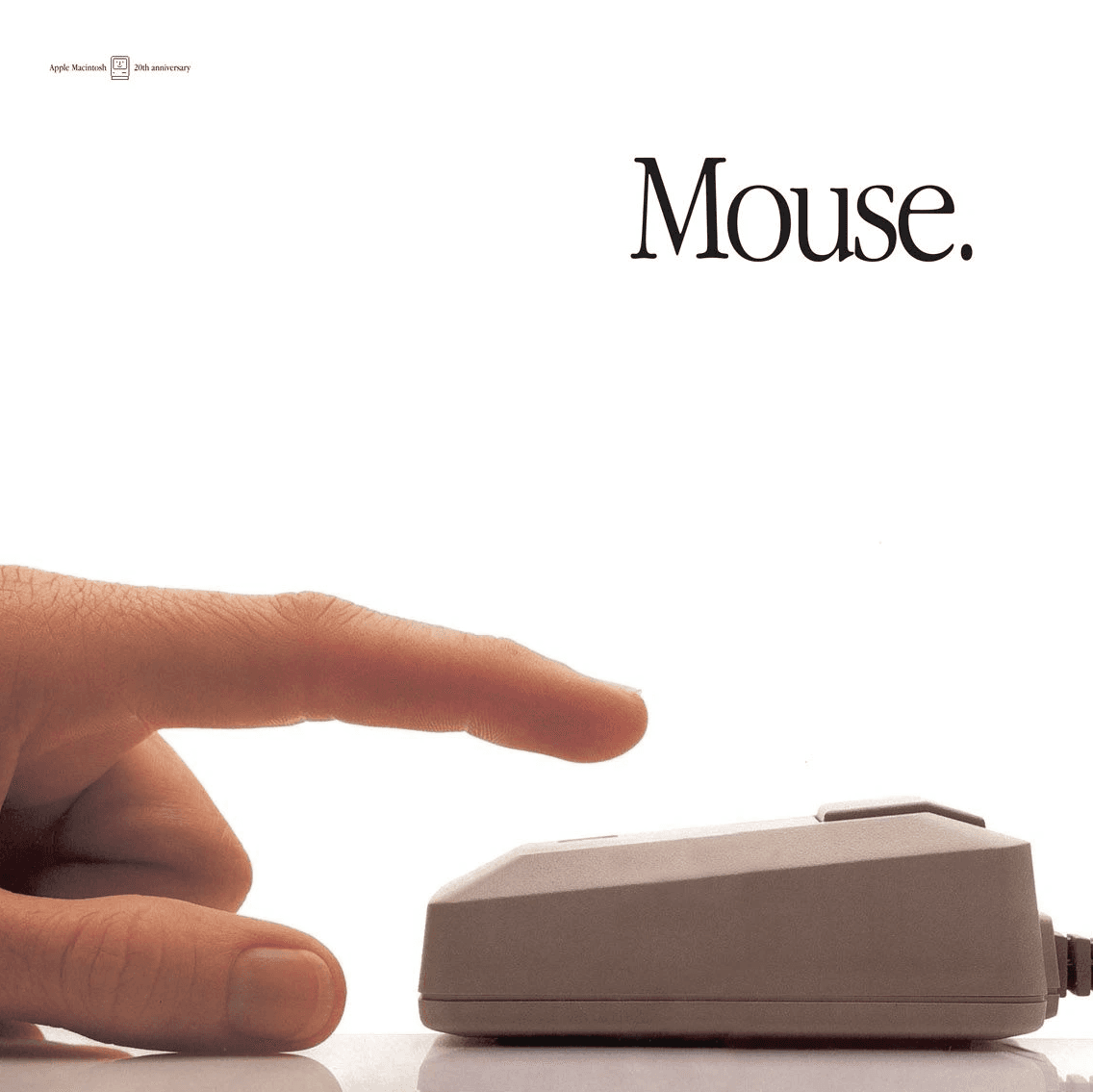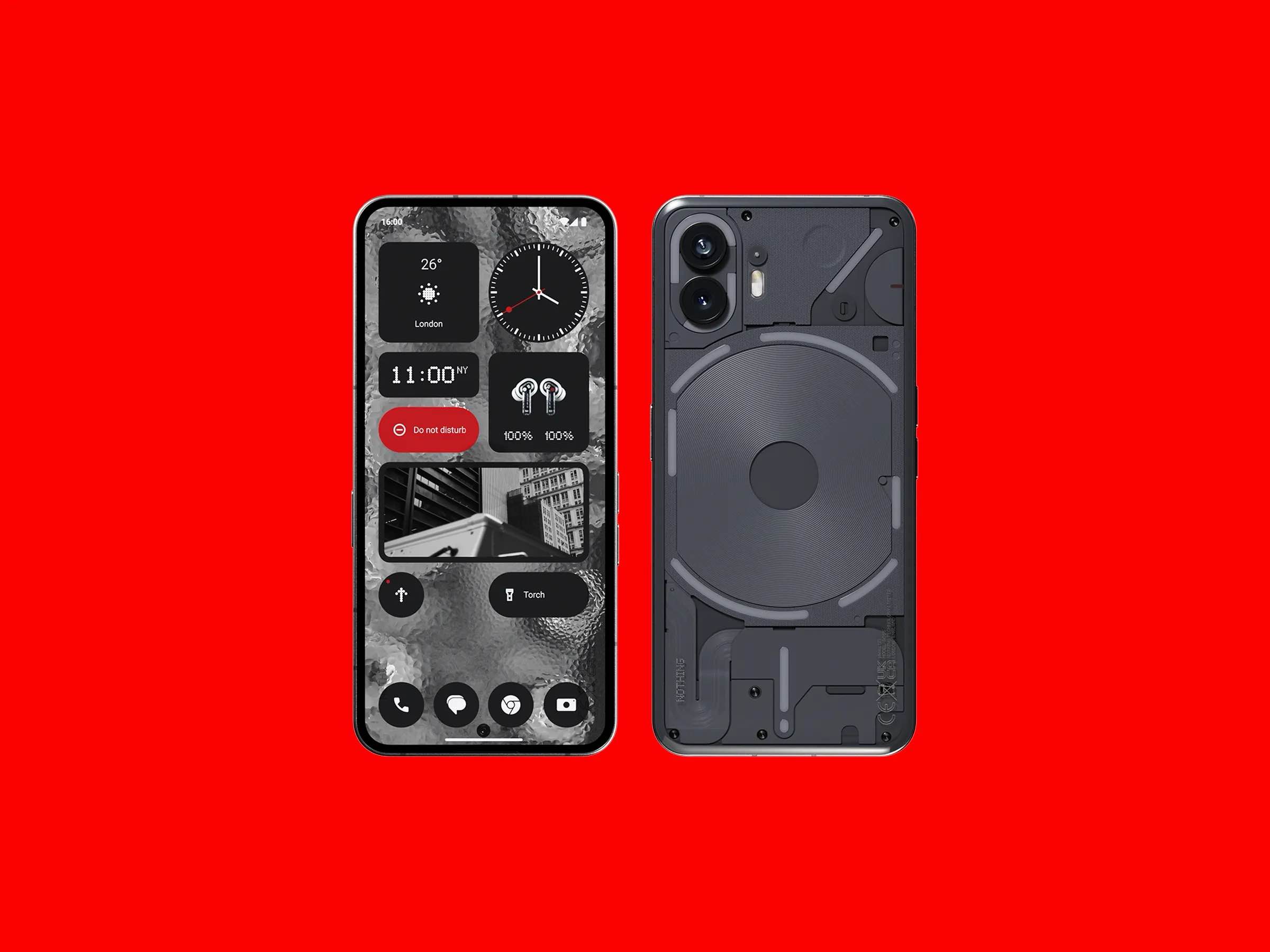360° MARKETING
The Comprehensive Guide

Jun 6, 2024

In today’s fast-paced market, having a holistic approach to marketing is more crucial than ever. Enter 360° Marketing—a strategy that ensures your brand is omnipresent and consistent across all channels. Let’s break down this detailed flowchart and understand how each component works together to create a robust marketing strategy.
Strategic Plan: The Foundation
At the top of our flowchart is the Strategic Plan. This is the long-term vision, usually spanning five years, that guides the overall direction of your brand. It’s a collaborative effort, incorporating insights from various departments:
- Human Resources: Ensures the right talent and company culture.
- Finance: Manages budgeting and financial planning.
- Operations: Streamlines processes and logistics.
- Sales: Converts leads into loyal customers.
- Marketing: Spreads the brand message and drives engagement.
Brand Strategy: Defining Your Identity
Flowing from the strategic plan, the Brand Strategy is where you define your brand’s core elements. This includes:
- Purpose, Vision, Mission, Values: The essence of why your brand exists and what it stands for.
- Product Strategy: What you are selling and how it meets customer needs.
- Promotion Strategy: How you will promote your products.
- Price Strategy: Your pricing approach.
- Distribution Channels: How your products reach customers.
- Market Research: Gathering data about your market and customers.
- Target Customer: Defining who your customers are.
- Competitive Landscape: Analyzing your competitors.
- Sales Strategy: Your approach to selling.
- Key Performance Indicators (KPIs): Metrics to measure success.
Creative Direction: Bringing Your Brand to Life
The Creative Direction phase is where your brand’s voice and visuals come to life. This includes:
-
Brand Voice:
- Tone: The personality of your brand’s communication.
- Diction: The choice of words that reflect your brand’s personality.
- Naming: Crafting memorable and meaningful names.
- Tagline & Slogans: Catchy phrases that stick in your audience’s mind.
-
Visual:
- Logo: The face of your brand.
- Typography: The font choices that represent your brand.
- Color Palette: The colors that evoke the right emotions.
- Photography: The images that tell your brand’s story.
Marketing Plan: The Roadmap
With the brand strategy in place, the next step is the Marketing Plan. This is a one-to-three-year roadmap that guides your brand through the intricacies of consumer behavior. It involves detailed planning and execution to ensure every effort aligns with the overarching brand strategy.
360° Marketing: Covering All Angles
Welcome to 360° Marketing, where every angle is covered to ensure your brand is ever-present and impactful.
-
Digital Flywheel: The engine of your online presence, powered by SEO and CRM integration.
- SEO: Ensuring your brand is easily found on search engines.
- CRM Integration: Seamlessly managing customer relationships and data.
-
Social Media: The dynamic platforms where brands engage with their audience.
- Platforms: Facebook, Instagram, LinkedIn, Twitter, and more.
- Content: Engaging posts, stories, and ads.
-
Email Marketing: Direct communication with your customers.
- Newsletters: Regular updates and insights.
- Campaigns: Targeted emails to specific customer segments.
Tactical Execution: Bringing Plans to Life
The Tactical Execution phase is where all the planning and strategizing come to life. This ensures your brand’s message reaches the right audience effectively.
-
Public Relations: Earned media, paid media, and partnerships.
- Earned Media: Free publicity from media outlets.
- Paid Media: Advertisements and sponsored content.
- Partnerships: Collaborations with other brands or influencers.
-
Advertising: From Google AdWords to YouTube, it’s all about getting noticed.
- Channels: Magazines, newspapers, radio, TV, and digital platforms.
- Formats: Display ads, video ads, sponsored content, and more.
-
Brick & Mortar: Your physical presence, from 3D design to point-of-purchase displays.
- Location: Choosing the right physical spaces.
- Signage: Attractive and informative displays.
- Point of Purchase: Engaging customers at the moment of sale.
-
Sales Collateral: Pitch decks, brochures, and business cards.
- Pitch Decks: Persuasive presentations.
- Brochures: Informative and visually appealing handouts.
- Business Cards: Memorable and professional contact tools.
Learning and Adaptation: Continuous Improvement
The cycle doesn’t end with execution. We loop back to Learning to analyze data, measure KPIs, and gain new insights.
- Analyze Data: Delving into performance metrics.
- Measure KPIs: Tracking key indicators of success.
- New Insights: Gleaning actionable insights to refine strategies.
There you have it—a complete guide to 360° Marketing. Each component plays a vital role in creating a cohesive and effective marketing strategy. So next time you encounter a flowchart like this, remember it’s a well-orchestrated plan designed to make your brand stand out.
Next Thoughts
It's currently
in Savannah, GA.
The weather is
,
with a temperature of
.
It always seems impossible
until it's done.
— Nelson Mandela
Thanks for reading -
© 2024

